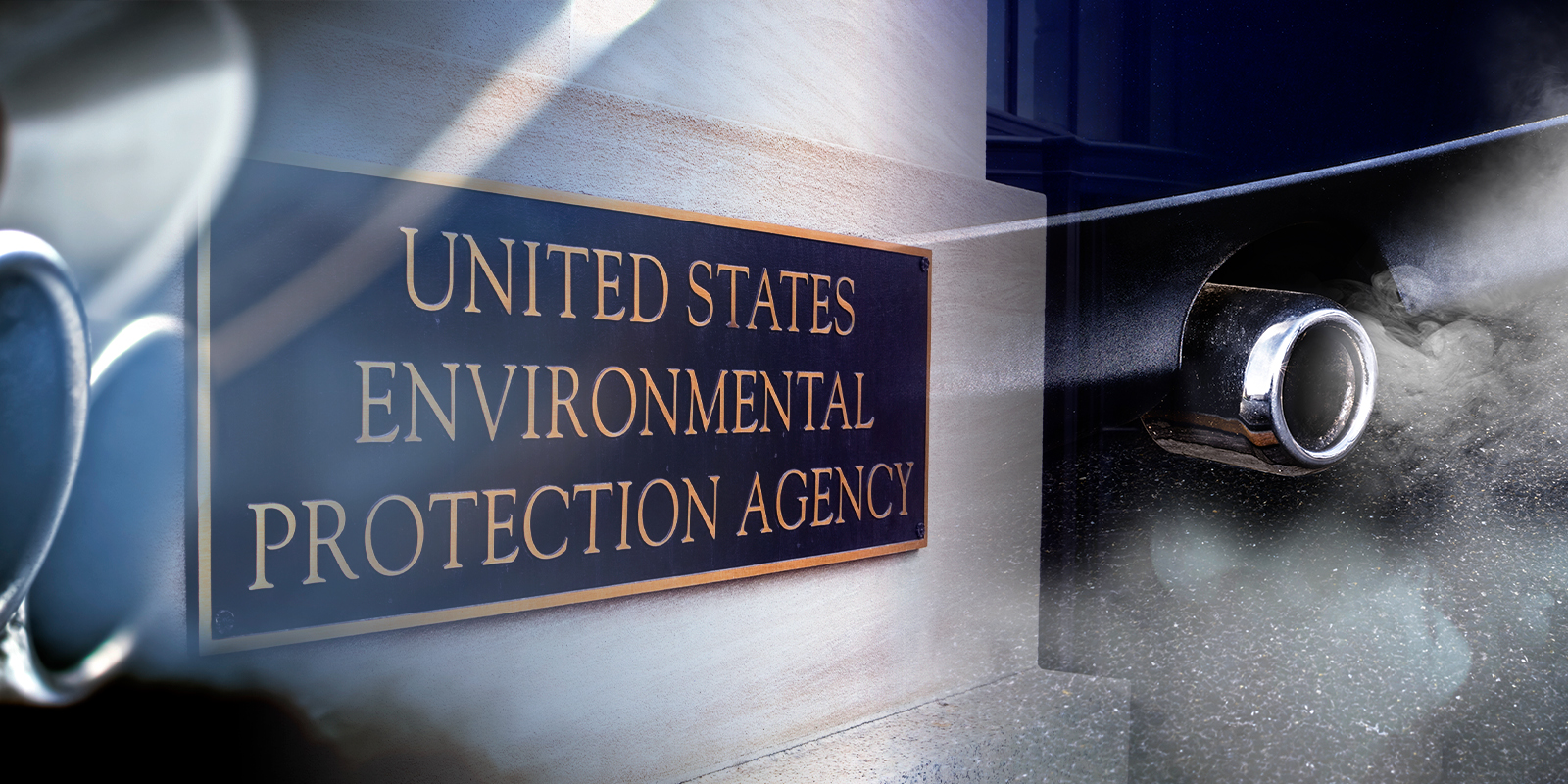
EPA Initiates Rulemaking to Eliminate the 2009 GHG Endangerment Finding
The U.S. Environmental Protection Agency ("EPA") proposes rescission of the 2009 Endangerment Finding, which underpins greenhouse gas regulation under the Clean Air Act.
In alignment with EPA's goal to revisit regulations on the emission of greenhouse gases ("GHGs"), the EPA published a proposed rule rescinding the 2009 Endangerment Finding and Greenhouse Gas Vehicle Standards on July 29, 2025. This action marks the most sweeping reexamination of federal climate policy since the 2009 endangerment determination was first issued. The 2009 determination concluded, under Section 202(a) of the Clean Air Act ("CAA"), that six GHGs from new motor vehicles contribute to air pollution that could endanger public health or welfare, thereby allowing EPA regulation.
EPA justifies the proposed rule by arguing the statute authorizes vehicle standards only for pollutants that endanger health or welfare through local or regional exposure, not for substances—such as GHGs—which were based on global climate change concerns. EPA further reasons that it lacked statutory authority in 2009 to issue a freestanding endangerment finding and now proposes to revoke it outright.
If finalized, the rule requires no response from motor vehicle and engine manufacturers; instead, the proposed rule promises flexibility. EPA is specifically proposing to remove certain regulations concerning emission standards, reporting requirements, and testing procedures.
The legal ramifications of the rule could be widespread. While the 2009 Endangerment Finding was made in the context of motor vehicle emissions, it led to a series of cascading consequences that led to other rules regulating GHGs under the CAA. EPA recognizes this reliance in the rule and states it has "initiated or intend[s] to initiate separate rulemakings that will address any overlapping issues." EPA already proposed a rule to repeal GHG emission standards for power plants by finding that the emissions are not reasonably anticipated to endanger the public health or welfare. Regulations that stem from statutory authority other than the CAA will likely not be affected by this proposal.
Written comments on the proposed rule must be received on or before September 15, 2025. Litigation surrounding the final rule is expected. Regulated parties should prepare for a period of substantial uncertainty in which federal GHG standards may be stayed, withdrawn, or revised, while state initiatives and market forces continue to advance GHG reduction efforts.







